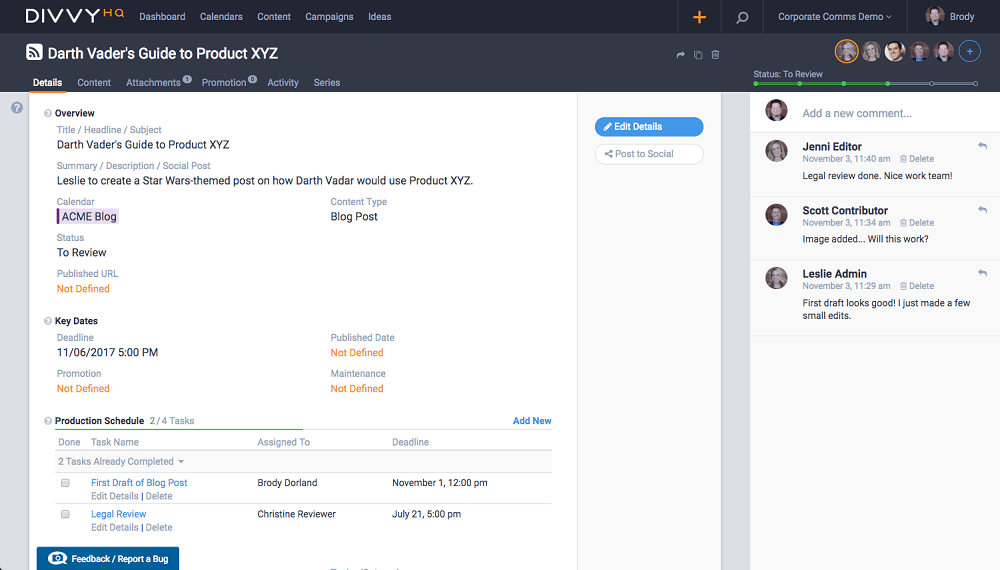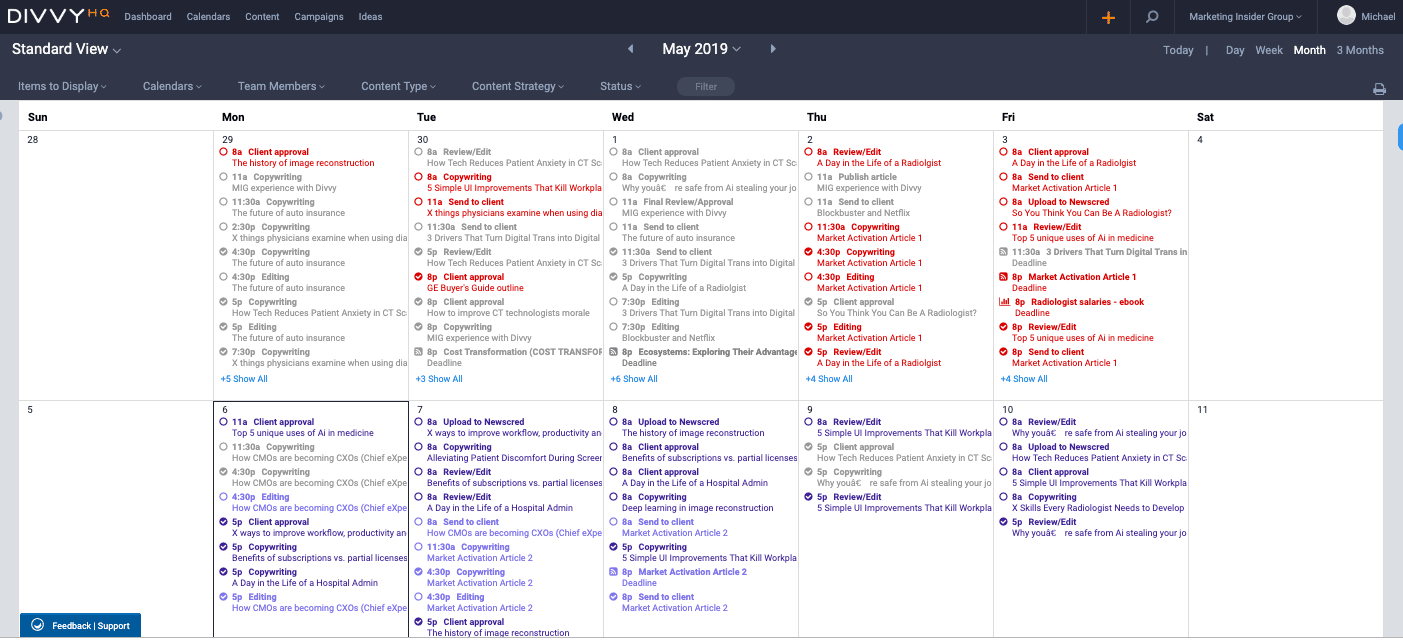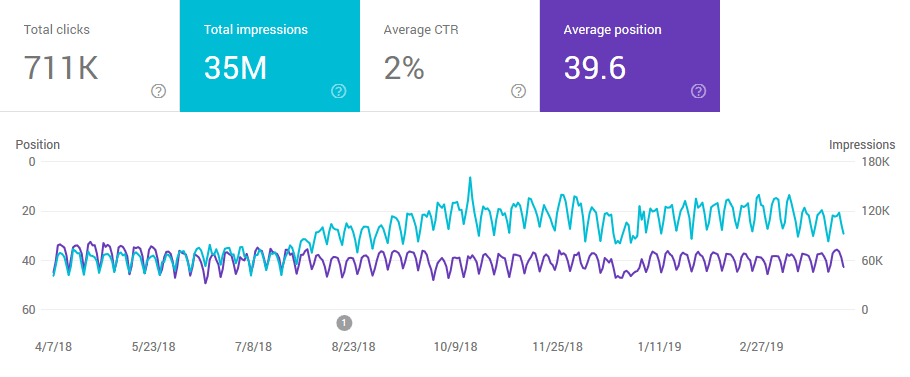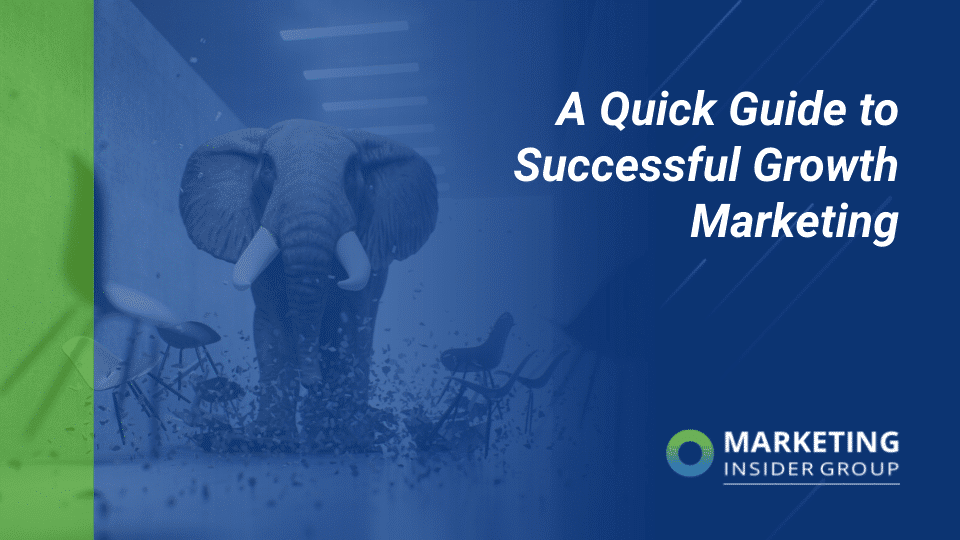
What Your Content Marketing Agency Needs to Be Successful
If your content marketing agency wants to achieve industry-leading success in today’s environment, your strategy needs to include several essential components. With these critical principles, even fledgling agencies can stand heads above their competition.
Impossible? I’ve seen it happen. Starting from scratch, I used these principles to build Marketing Insider Group into an agency whose clients number among the finest companies in the country.
It’s not rocket science. It’s just fundamentals.
Your agency, too, can rise to capture the lion’s share of your competitors’ business. Here are the ingredients with which you can build your own content marketing secret sauce:
Quick Takeaways:
- Start with your goals and your target customers.
- Add a passionate, talented team.
- Organize your operations.
- Stay focused on your customers’ needs and your goals.
Goals Are Your Roadmap to Success
If you don’t know where you want to go, you’ll never know what success looks like. For that reason, start with your goals.
Your goals should follow some key guidelines. They need to be “SMART,” that is:
- Specific: Will your agency specialize in one type of niche content – such as technology – or will your agency produce content for a variety of industries? As for the content you produce for each client, specify what each piece will accomplish for the client and their customers. Which channels do we need to publish our content on?
- Measurable: What are the numbers you want to achieve every week? Every month? Every year?
- Achievable: Are your goals realistic? Aim for the stars, but realize that the more realistic outcome is that you’ll hit the proverbial eagle.
- Relevant: Are the types of content you want to create relevant to your target customers?
- Time-bound: Make sure that each goal has a deadline; otherwise, you won’t be able to plan a timetable to accomplish each goal.
When your goals follow these guidelines, they provide you and your team with a clearer vision of what you want to accomplish.
Research Potential Clients and Customers
A successful content marketing agency must take a two-pronged approach to client research. Not only do they need to identify and research businesses likely to become clients, but they also need to look at those clients’ customer bases.
If you’re just starting an agency, ask yourself, “What types of clients can benefit the most from my expertise? What types of potential clients have responded well to my existing content?”
If you’re already operating your agency, look at your current client list. What problems can you solve for them? How can you attract more clients like them?
Then, research the typical customers for each of those clients. In both cases, you’ll find characteristics that can help you identify commonalities among your clients and their customers.
Look at their demographics, online behavior, preferences, goals, and pain points. What problems keep them up at night? What do they want to accomplish in their business and in life?
Once you’ve identified these potential clients, narrow down their characteristics and pain points with customer personas. Putting a human face on a client or customer segment can help you create content that speaks to each segment’s needs.
Giving each persona a name, such as “CEO Cal” for a big-box store client – or for Cal’s target customers, “DIY Darlene” – helps you to think more clearly about what kinds of content will solve problems for each segment.
Build Your Team
Even though you might start off as a solo entrepreneur, your agency will soon grow. You’ll need to hire permanent staff or a cadre of committed freelancers to help handle the volume.
You’ll need knowledgeable office staff, someone to handle the numbers, account managers, people to analyze your data, and, of course, content creators.
Start lean and build out. For shoestring budgets, freelance marketplaces can be a rich source of writers, editors, graphic designers, and videographers. Often, you can even find virtual office staff who will work on a contract basis.
Identify the best of the best – and provide them with incentives to stay on. Content marketing is a competitive field, so be sure that the compensation and perks they receive make it worthwhile for them to stay.
Look for talent, innovation, passion, and a customer-focused mindset in every member of your team, right down to the janitor, if you’re a brick-and-mortar agency. With a team all pulling together on behalf of your clients and their customers, you’ll be more likely to experience great success.
A Digital Platform to Organize Your Operations
Whether you’re only a skeleton crew or a huge agency, having a single place to organize all your content is worth its weight in gold. Not only should your platform have a content calendar, but it should allow your team to collaborate, plan, schedule, create, publish, archive, and automate your content on various channels.
Here, we use DivvyHQ to keep us on track. With everything at our teams’ fingertips, we can identify high-performing content to repurpose for new posts, research new customer segments, collaborate with experts for highly technical content, and accomplish a thousand more tasks.

You’ll discover that when you can set routine tasks on autopilot, your team will have more time to brainstorm new topics and create amazing content for yourself and your clients.
The Right Context
We live in challenging times. If our sole goal was to sell stuff, it would be reprehensible to do marketing as usual.
But that’s not what marketing is – or should be. The goal of content marketing is to solve customers’ problems. In fact, that’s why people go into business in the first place.
Yes, we make money from our efforts. But we’d be out of business in a heartbeat if all we wanted to do was to make a quick buck.
Our content marketing strategy, then, must happen in the right context. Giving the right advice at the right moment is always welcome, especially when your clients face incredible challenges.
When we focus on helping instead of selling, we’ll focus on the problems our customers and clients face at the time. We’ll look through our content toolbox to come up with the solutions they need.
A Solid Strategy
Your focus on your clients’ needs means that you must have a content marketing strategy that delivers a solid return on their investment.
Catchy slogans can only go so far. You must build their trust, help them grow, convert leads, and engender loyalty. You need to provide your clients with content that positions them as a thought leader in their field.
In the same vein, the content you create on your own blog needs to do the same for your business. Otherwise, you’ll end up on the unemployment line.
So, you create content, publish it, and then measure the results. Tweak your poorer performers, repurpose and promote your best performers, and create content that eclipses the success of its predecessors. A solid strategy is also about looking for new audience segments, researching their needs, and creating content that targets their needs.
A Buy-In from Your Team
If you’re the head of your agency, getting buy-in from your team can be as simple as empowering them to own their own work. Activate them to become brand advocates. After all, employee-generated content brings in about seven times the revenue as does the content on your official channels.
But if you’re a forward-thinking management type in someone else’s content marketing agency, you’ll need to gain buy-in from your C-suite team. If it’s a long-standing agency, you’ll need to show the suits some real money to effect change:
- Like putting your company’s collective brainpower to work across departmental silos to create more effective content.
- Like seeing content marketing as meeting clients’ needs rather than long-form advertising for their products.
- Like ditching your antiquated approach to SEO with leading-edge natural-language keywords.
The answer: simple. Do a little extra homework and treat them like you’d treat your best client.
Discover your C-suite’s pain points and create content that demonstrates how a more progressive approach to content marketing will better meet their needs. Usually, that means numbers.
So, dive into the analytics and show them the money.
An Annual Plan – and Beyond
At the very least, you need an annual plan that maps out the content you’ll create during the year. Leave a little wiggle room in case world events drive the need for timely content.
Write down the topics you need to cover – even suggest headlines. Decide which team members have the expertise to create content around those topics and assign them well ahead of time.

But I’d advise thinking well beyond a yearly timeline. Look at where you want to be in, say five or ten years – and devise a content strategy that will take you there. Long-term vision leads to long-term success.
A Focus on Quantity, Quality, and Frequency
If you’ve been around content marketing for even a short time, you’ve no doubt heard the debates. No, not about the Oxford comma. About quantity versus quality.
I’m a big fan of both. Here’s why:
Statistics show that companies that post at least eight to 16 posts every month drive traffic upward by a factor of 1.5 to 3.5. But that’s not the only factor impacting success.
We need to make sure that the content we produce lives up to the high standards our company holds. More specifically, it must engage readers in the storyline even as it helps them solve their problems. And, it must set your brand apart from the rest.
You also need to be consistent. Just think about it from your readers’ perspective.
Would you like to hear crickets from one of your favorite blogs for three weeks, only to have your inbox overflowing with the month’s entire 16 blog posts in the last week? I didn’t think so.
So, we recommend that you spread out the content love. Two to four posts per week is about the ideal frequency. That way, your subscribers can leaf through the intros quickly to see which posts they want to read.
Vary it as needed to meet your clients’ needs, though. For example, if your clients are having a rough month (such as when they were dealing with the peak of the coronavirus pandemic), you can post more frequently to help them over their rough patch.
Finally, Have a Solid Measurement Plan
Each piece of content has its own goals. Some posts are in-depth solutions to complex problems to drive conversions to sales, while others simply build brand awareness with your knowledge and expertise.
For posts that you create to build brand awareness, increased website traffic or social shares might be the most important indicator of success. White papers, on the other hand, should drive conversions, either to a sale or for an in-person consultation.
Set your KPIs before you create each piece so that your content team can gear their copy or video toward meeting those goals. Then use your content analytics to see how well each piece performed in those key areas.

When you use these principles to guide your agency’s core strategy, you’ll be on the road to success. It’s a competitive world – but one that provides an even playing field when you use a proven strategy.
If you are ready to get more traffic to your site with quality content published consistently, check out our Content Builder Service.
Set up a quick consultation, and I’ll send you a free PDF version of my books. Get started today – and generate more traffic and leads for your business.






